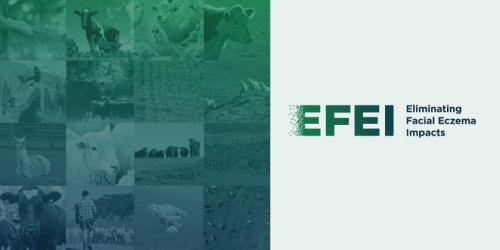Search results
Displaying 641 - 650 results of 1350
- Industry data… regions except taranakimanawatu southland farmers faced dry conditions autumn which … hand 30 june 2021 survey uses sheep beef farm survey framework which statistically … sample over 500 commercial sheep beef farms economic service managers based …
- News… a bus tour of irrigation infrastructure and farming operations around the North Otago … The field trip aimed to get students out on farms, visiting a variety of land use types in … and showcase future careers in different farming types and explain how students might …

- Page… Why is biodiversity important on farm? Biodiversity is a win-win – for you as a farmer and for your property’s ecosystem. Your … booklet, called “Benefits of Biodiversity for Farmers” which includes case studies and …
- News… and providing decision-making tools to help farmers select the best forage option for … of native shrubs . Value of the programme to farmers . The FarmSalus resource package designed to help … and wellbeing of New Zealand’s hill country farmers, their farm systems, the environment …

- News… deer away from waterbodies. B+LNZ, Federated Farmers and DINZ believe Freshwater Farm Plans (FWFPs), either as an exception or … requirements should be flexible enough for farmers to adapt and innovate to meet demands …

- NewsBeef + Lamb New Zealand's (B+LNZ) latest tracking of United States (U.S.) consumer trends shows compelling evidence that sustainability is not just a moral compass but a driver for profitability in …

- NewsMore than 50 bulls have been nominated as sires for use in the innovative Informing New Zealand Beef (INZB) programme’s upcoming mating season, the highest number since the across-breed progeny test …

- News… hands-on workshops, which are being held on farms around the country, are designed to help farmers better understand and interpret the … are the most suitable for an individual farmer’s specific objectives and that the …

- Industry data… dry conditions made destocking necessary farmers good pricing mutton meant more ewes … processing capacity lambs before winter some farmers choosing able carry extra animals … 49 per cent decrease 295 while increase farm sales forestry has yet led significant …
- News… B+LNZ is calling on farmers to complete a survey that will shed … financial toll of facial eczema (FE) at the farm level. This critical research will inform …
